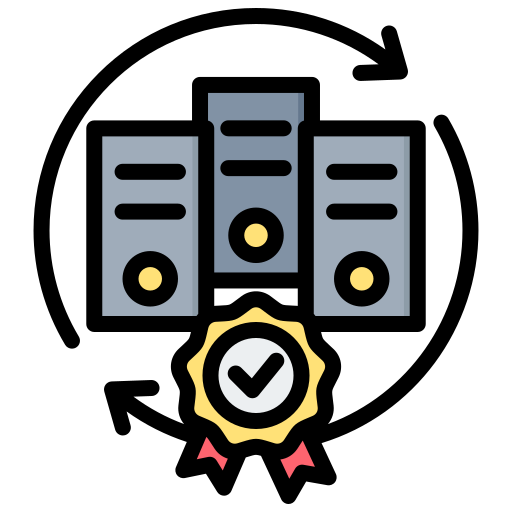Introduction
A well-architected framework serves as the cornerstone for developing robust, efficient, and secure systems in the cloud. This comprehensive guide outlines essential principles and practices necessary for constructing such a framework, ensuring optimal performance and resilience in cloud-based environments.
Six Pillars of a Well-Architected Framework
- Operational Excellence: Prioritize operational practices that enhance system performance, monitoring, and management, fostering a culture of continuous improvement.
- Security: Safeguard information and systems through rigorous risk assessment, encryption, and multi-factor authentication, ensuring comprehensive protection against potential threats.
- Reliability: Establish systems capable of recovering from failures swiftly and meeting customer expectations consistently, with multi-AZ deployment and automated recovery processes in place.
- Performance Efficiency: Utilize computing resources efficiently to meet evolving workload demands, optimizing resource selection and sizing for maximum efficiency.
- Cost Optimization: Control costs by understanding expenditure patterns, regularly reviewing resources, and implementing strategies to minimize unnecessary spending.
- Sustainability: Integrate sustainability principles into cloud architecture, ensuring environmental responsibility and long-term resource conservation.
Implementing the Framework
- Conduct Workload Reviews: Regularly evaluate your workloads against the five pillars to identify areas of improvement.
- Adopt Automation: Use automation for resource provisioning, code deployment, and configuration management to reduce human error and operational costs.
- Embrace Cloud-Native Technologies: Leverage services and technologies that are native to the cloud to enhance scalability and performance.
- Focus on Security and Compliance: Implement strong identity foundations, enable traceability, and apply security at all layers.
- Plan for Failure: Design systems that are resilient to failure, with automated recovery processes in place.
Best Practices for Each Pillar
- Operational Excellence: Develop a culture of experimentation and learning from operational failures.
- Security: Encrypt data at rest and in transit, and implement multi-factor authentication.
- Reliability: Set up multi-AZ (Availability Zone) deployment and auto-scaling groups.
- Performance Efficiency: Optimize the selection of resource types and sizes based on workload requirements.
- Cost Optimization: Regularly review and adjust resources to align with changing needs.
Tools and Resources
Tools and Resources
Leverage cloud service provider tools like AWS Well-Architected Tool, Azure Advisor, and Google Cloud Operations suite to assess architecture, identify optimization opportunities, and improve overall framework effectiveness.
Conclusion
Building and maintaining a well-architected framework is an ongoing endeavor, requiring continuous assessment, optimization, and adaptation to evolving business needs and technological advancements. By adhering to the principles and practices outlined in this guide, organizations can create resilient, scalable, and cost-efficient cloud-based systems, driving innovation and achieving business success in the digital age.
AWS Well-Architected Framework – AWS Well-Architected Framework (amazon.com)
At Secure IT Infra, we offer Well-Architected Review services tailored to each public cloud platform, including AWS, Azure, and Google Cloud. Our expert team conducts thorough assessments of your cloud architecture, identifies areas for improvement, and provides actionable recommendations to optimize performance and reduce costs. Learn more about our Well-Architected Review service here and take the first step towards maximizing the potential of your cloud infrastructure.








